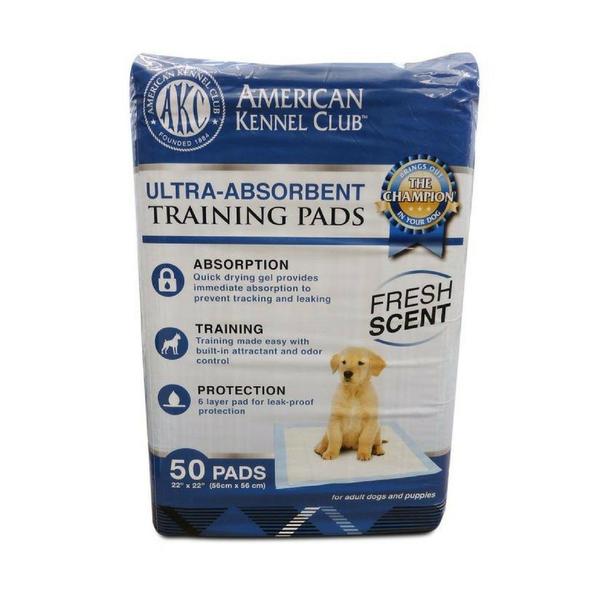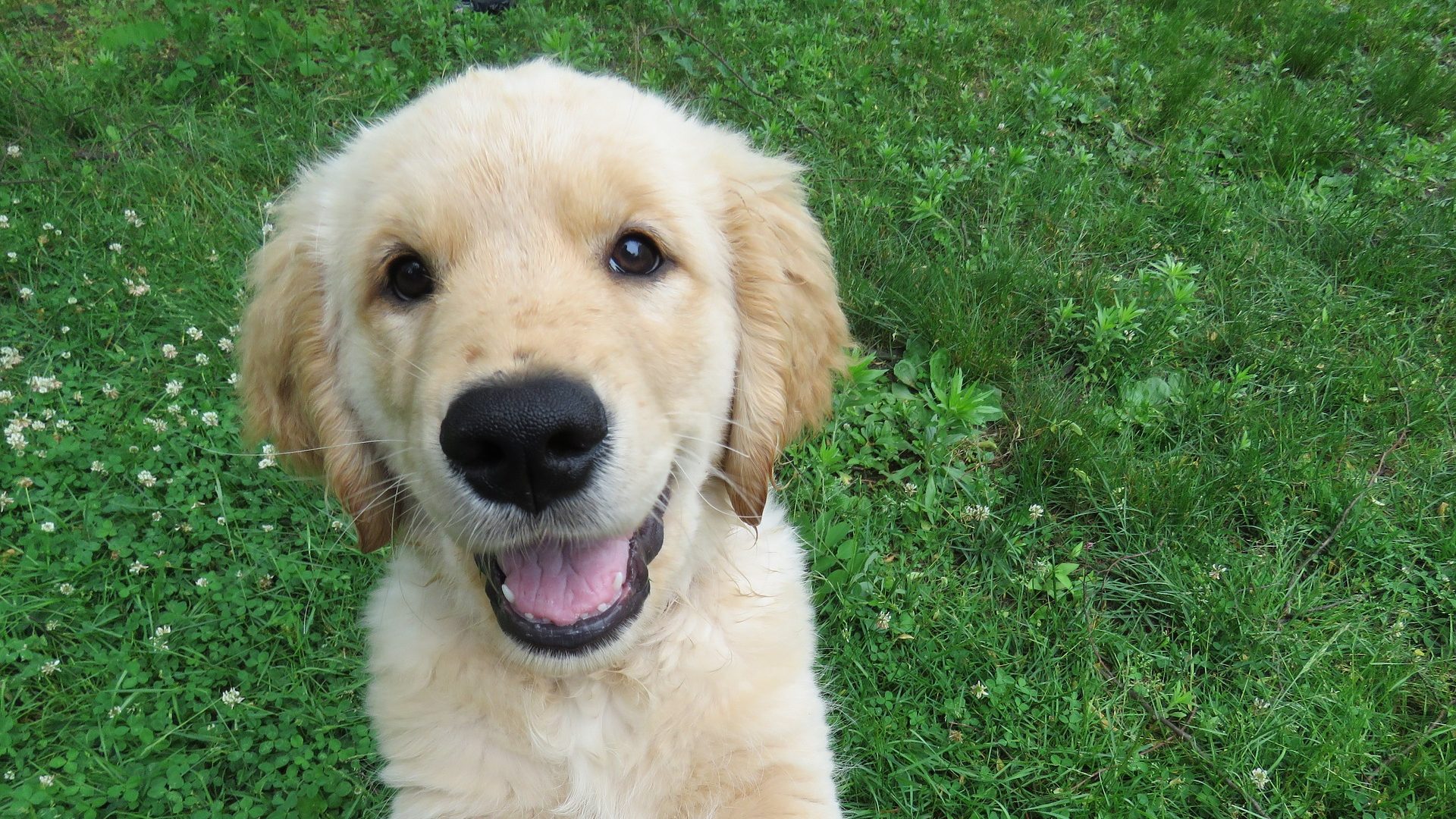Table of Contents
Puppy training pads are super useful if you can’t go outside.
You may call me old-school, but a lot of new innovations that are arising very often make me scratch my head. This was one of the times. I had no idea what puppy training pads were at first, but now I can see their usage a bit more clearly.
Even though it is very much recommended to potty train your dogs outside, indoor has become an option now too. This is especially useful for people that live in crowded cities with little safe access to walking your dog, when it is too hot or cold outside, if our jobs keep us away from home for too long, or if you and your favourite doggo suffer health problems.
Below I will explain in a rather simple step-by-step process the best way to use puppy training pads:
….
1. Pick out a designated pad area in your home
A little word of advice: choose a place that is calm and that your dog can easily access without you being around after a while. Otherwise, the purpose of puppy training pads is decreased quite a bit.
Make sure to your puppy on a leash with you, in a free-standing pen on an easy-to-clean floor. Trust me this is important. If they start to look as if they are about to eliminate, give the command for going to the toilet and take them quickly to their pad.
Remember how important praise is, so don’t forget to give them lots of praise and a small treat when they go pee or poop there. Don’t allow them free access to the house yet, as this could affect their overall training. If you want to read up about the best way to train your puppy, read it here. If your puppy eliminates themselves in the wrong areas they will often choose to return to this wrong spot.
….
2. Don’t punish your puppy
If your dog had an accident. Just take them quickly to their pad. No yelling or using abusive and mean words or any other type of punishment. Trust me, this is going to have the opposite effect as they will now only go to the bathroom when you are not around (when they feel safe). And you do not want that.
Make sure to clean any areas that were soiled and use a non- toxic cleaner. Consult your veterinarian about which type would be the best.
….
3. Decide on a pad room
For the coming few days, choose a room where you can lay out several pads at first. Set up water and toys next to them. Over the course of days slowly decrease the number of pads. The idea is to make your puppy pee on the pads until only one or two are left, and that becomes their designated space.
If your puppy ends up peeing outside of the wanted padded space, start this process over again. remember patience is a virtue.
….
4. Use a schedule
By using a plan, you can take your puppy after play and food times to the pads. Reward positive efforts with love and the occasional treat. It might be best to keep her on a leash at first so that if you ever want to transition to outside, it might be made a bit easier. Please also keep in mind that your dog does need to see the outside world regularly. If you can’t go yourself, ask a neighbour or friend or relative to take them on walks.

….
Keep your dogs’ interest and wellbeing in mind.
….
Give it about 2 weeks time for this routine. You will start to see progress if you truly work together with your puppy. Remember to keep your patience and a loving heart for your puppy.
Thoughts
Training a puppy isn’t always easy. Getting frustrated happens too frequently, so the best I can say is I’m praying for your success and to keep your patience and to continuously encourage your dog. And reward positive behaviour of course. And to never resort to the negative threat method, which I have explained in this article about the best way to potty train your puppy. Leave a comment and read you next time!

